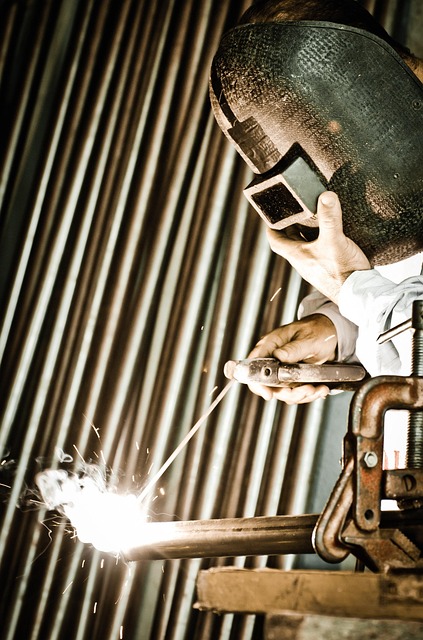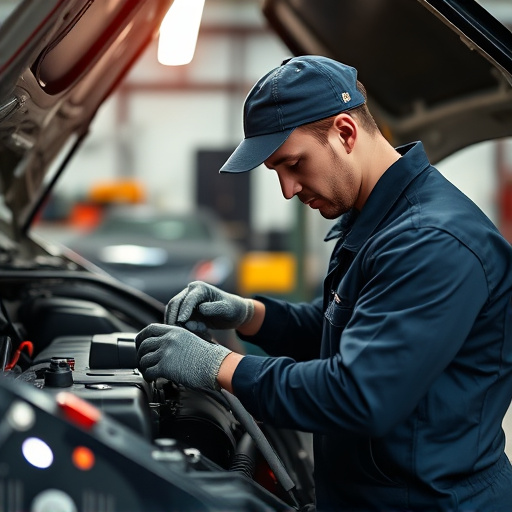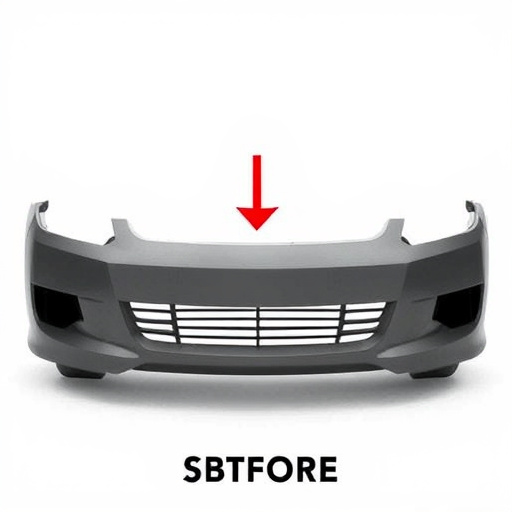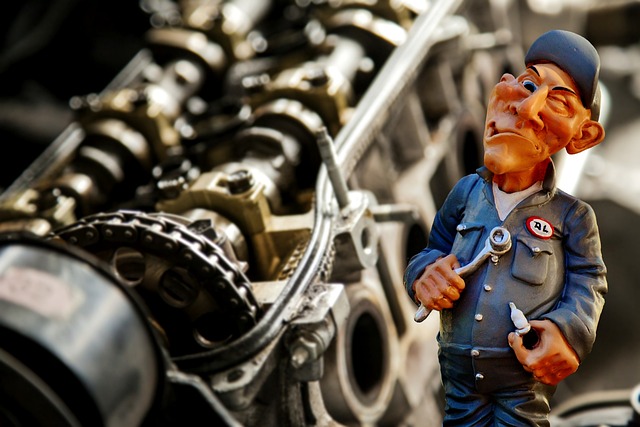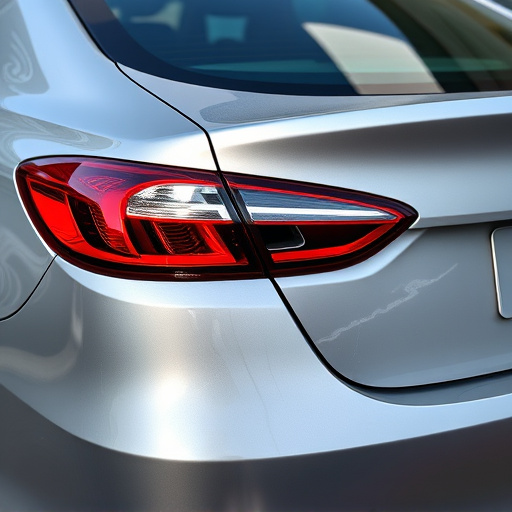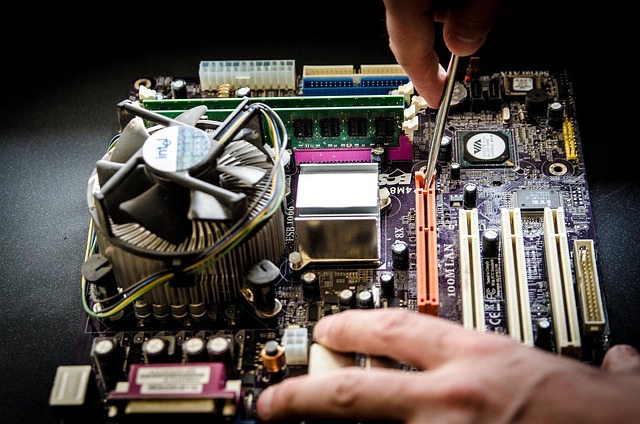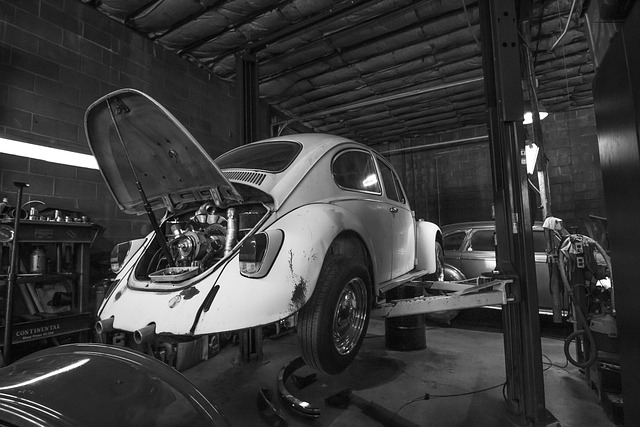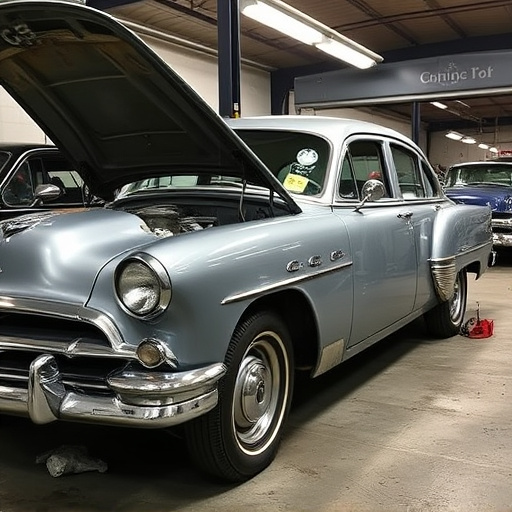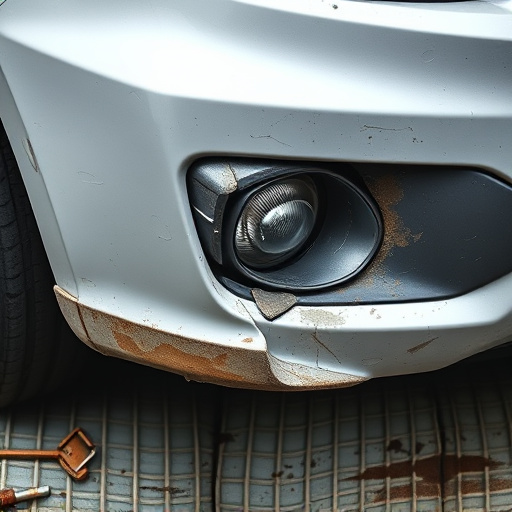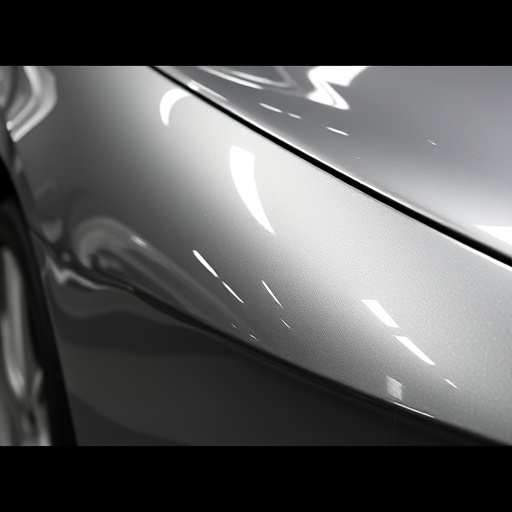Insurance adjusters play a pivotal role in managing wind damage to vehicles by meticulously inspecting both exterior and interior, documenting every mark, dent, or crack, and considering factors like wind strength and angle of impact. They rely on comprehensive inspection reports, including detailed descriptions and evaluations of structural integrity, to guide the claims process. In the digital age, advanced tools like digital imaging and 3D scanning, coupled with data analytics and AI algorithms, streamline claim assessment and enhance communication among insurers, body shops, and policyholders for faster, more cost-effective repairs in wind damage auto body cases.
Wind damage to vehicles is a common occurrence, leading to complex insurance claims. Insurance adjusters play a crucial role in assessing and processing these claims, ensuring accurate repairs. This article delves into the intricacies of what adjusters look for during wind damage auto body inspections. We explore industry protocols, key components of inspection reports, and the transformative role of technology in modern claims processing, providing insights into navigating this intricate process efficiently and effectively.
- Understanding Wind Damage Assessment Protocols
- Key Components of an Auto Body Inspection Report
- The Role of Technology in Modern Wind Damage Claims Processing
Understanding Wind Damage Assessment Protocols

Insurance adjusters play a pivotal role in assessing wind damage to vehicles, ensuring accurate claims and efficient repairs. They adhere to specific protocols designed to evaluate the extent of wind-related auto body damage. These protocols encompass a systematic inspection, documenting every visible mark, dent, or crack caused by high-speed winds. Adjusters consider factors like the strength of the wind, the angle of impact, and the vehicle’s structural integrity.
A thorough assessment involves examining both the exterior and interior of the vehicle for any signs of dislodged panels, torn fabrics, or damaged mechanical components resulting from wind force. The goal is to provide an objective, detailed report that guides the repair process in a collision center or auto body shop, ensuring the car scratch repair meets industry standards and restores it to its pre-damage condition.
Key Components of an Auto Body Inspection Report
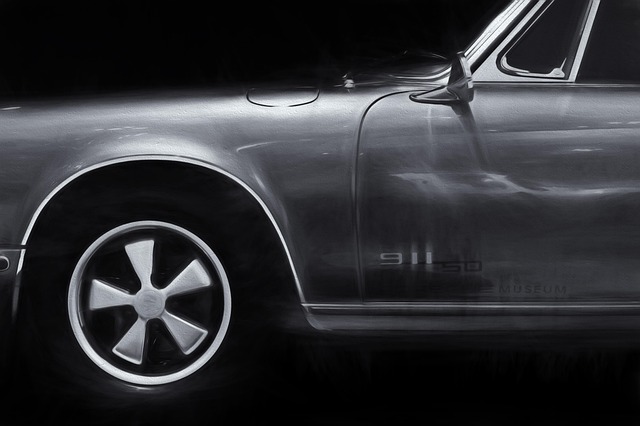
When it comes to assessing wind damage on a vehicle’s auto body, insurance adjusters rely heavily on comprehensive inspection reports. These reports serve as crucial documentation, outlining the extent of the damage and guiding the claims process for both insurers and policyholders. A well-crafted auto body inspection report includes several key components:
The initial section should provide a detailed description of the incident, including the date, location, and nature of the wind event that caused the damage. This contextual information is essential for understanding the circumstances surrounding the accident. Subsequently, the report must meticulously list all visible signs of wind damage across various parts of the vehicle. This encompasses everything from car dent repairs on the body panels to potential roof or window replacements, ensuring no aspect goes unnoticed. Additionally, adjusters seek evidence of structural integrity, checking for any loose or missing components that might require attention during the collision center’s auto repair services.
The Role of Technology in Modern Wind Damage Claims Processing

In today’s digital era, technology plays a pivotal role in streamlining and enhancing the process of wind damage auto body claims. Insurance adjusters now have access to advanced tools that aid in efficient claim assessment and management. Digital imaging and 3D scanning technologies allow for detailed inspections of vehicles, providing accurate measurements and documentation of wind-related damages. This not only saves time but also ensures a more precise evaluation of repair requirements.
Additionally, data analytics and AI algorithms help adjusters analyze patterns and trends in wind damage claims, enabling them to make informed decisions. These technologies facilitate the communication between insurance providers, body shop services, and policyholders, ensuring everyone is on the same page. This seamless integration of technology in automotive collision centers promotes faster turnaround times and more cost-effective repairs for wind damage auto body cases.
When assessing wind damage auto body repairs, insurance adjusters follow strict protocols and rely on detailed inspection reports. Understanding these key components, from assessment methods to technology integration, is crucial for efficient claims processing. By leveraging modern tools and adhering to standardized practices, adjusters can accurately determine repair needs, ensuring fair compensation for vehicle owners affected by wind damage. This streamlined approach benefits both parties, fostering a seamless process for resolving auto body-related wind damage claims.
